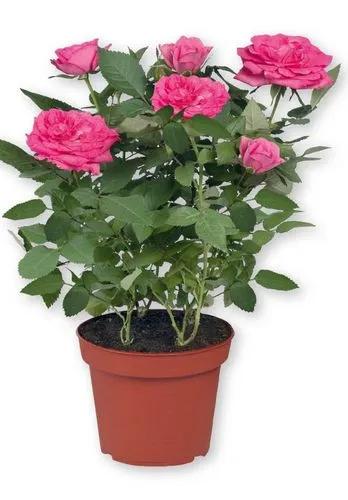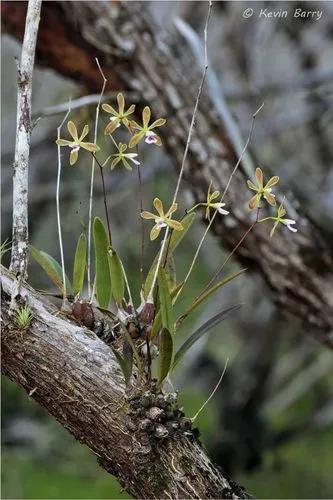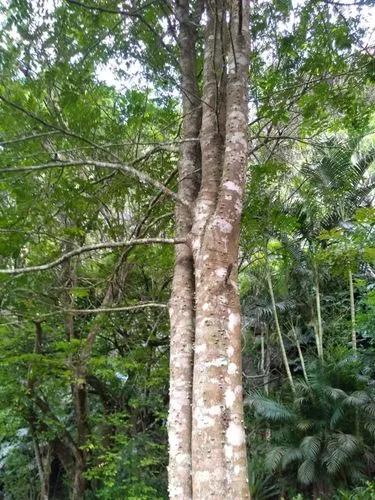Azaleas are indeed a treat to the eyes of people who love flowering plants. If you’re interested in growing one indoors, the Azalea species suits for that. Let’s learn more about Rhododendron simsii.
Pot Azalea Care
Rhododendron Simsii (Planch)
Other names: Sims's Azalea, Indian Azalea, Florist's Azalea



There are about 1,000 Rhododendron species, and they’re quite popular for their attractive flowers. Rhododendron simsii is one of them. It's native to East Asia (China, India, Taiwan) and is commonly known for its Pot Alazea name. This is because this type of Azalea can be grown in containers and brought indoors. Its average height reaches 6.6 ft (2 m), growing as a small shrub, which you can easily maintain. The blooming period of Pot Azalea falls for February to July. The flowers grow in clusters, have a funnel shape, and typically bloom for two weeks.
How to Care for the Plant

Water

Azaleas love consistently moist soil. Water it regularly and deeply to provide enough hydration. Give the plant a drink once the top 2 in (5 cm) of the ground feels dry to the touch. As the plant grows, it becomes more tolerant of drought. By then, water it less frequently.

Pruning

Prune this flowering greenie three weeks after it has finished blooming. It's recommended to avoid trimming in late summer because of the risk of damaging the next year’s buds.

Fertilizer

It's recommended to nourish potted Azalea with a 10-8-6 NPK fertilizer every two weeks. Dilute the fertilizer to half-recommended doze and feed the plant from late spring to early autumn.

Sunlight

Azaleas thrive under partial shade to bright, indirect light conditions. That’s why it’s best suited for indoor locations without full sun.

Soil

Potted Azaleas require well-drained, acidic soil mix with 4.5-6.0 pH level. It's best to choose a ground containing plenty of organic matter.

Propagation

Semi-hardwood cuttings is the best way to propagate Azaleas. Take a healthy cutting in the August-November period and dip it in a rooting-hormone powder. Remove the lower leaves and plant the new greenie in a well-draining potting mix. Keep the soil consistently moist and put the cutting under indirect light. Let the new plant enroot and develop new foliage before transplanting.

Temperature

The best temperature for growing Rhododendron simsii is 59-64°F (15-18°C). This species isn’t frost-hardy; thus, it's best grown in 8-11 USDA hardiness zones.

Container

Growing Alazea in a container, it's recommended to choose at least two times larger pot than the current plant's root ball. Using a sturdy pot with drainage holes at the bottom is crucial.

Fun fact

Some varieties of Rhododendron simsii, especially the Red Azalea, are highly toxic. It contains a neurotoxin known as grayanotoxin, which can be found on the stems and nectar of the plant.

Popularity

97 people already have this plant 17 people have added this plant to their wishlists

Common pests

Grown indoors, Azalea is unlikely to be attacked by pests. However, you still need to watch for spider mites, as they are particularly interested in this flowering greenie.

Frequent diseases

Azalea can be susceptible to root rot when given too much watering. It's important not to overwater the plant. Iron deficiency is also common in Azaleas, resulting from alkaline soils. Such a condition causes leaf yellowing and dropping.

Botanist’s tips

Discover more plants with the list below
Popular articles






